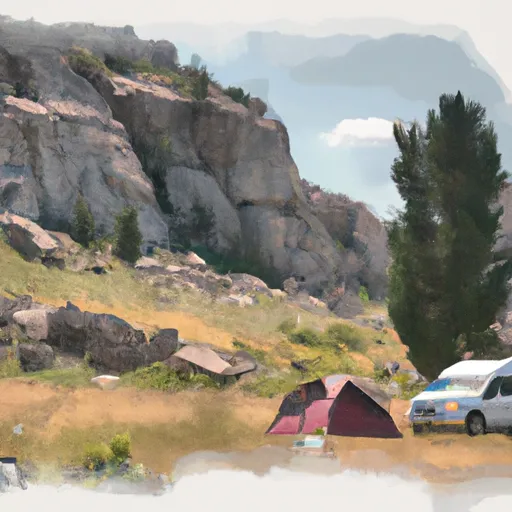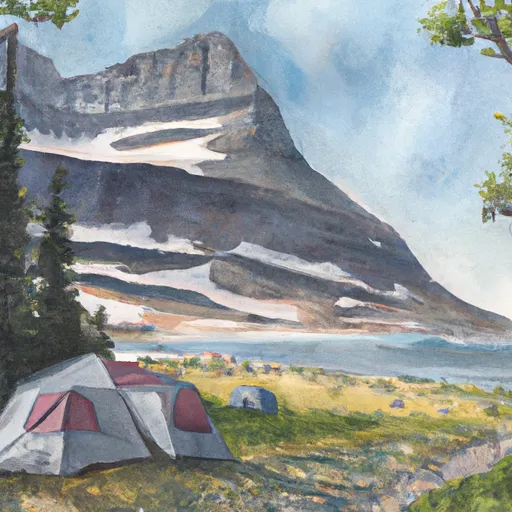Summary
With an elevation of approximately 9,553 feet (2,912 meters), it offers stunning panoramic views of the surrounding landscape. The mountain is known for its distinct size and shape, making it a popular destination for mountaineers and outdoor enthusiasts.
During the winter season, Mount Gould experiences a variable snowpack range, influenced by its high elevation and the prevailing weather patterns. The snowpack can vary greatly from year to year, ranging from light to heavy accumulation, depending on the intensity of the winter storms that pass through the region. This variability adds an element of unpredictability to mountaineering and skiing activities on the mountain.
Mount Gould contributes to the hydrology of the area by providing runoff to nearby creeks and rivers. While specific waterways may vary, some examples include the Swiftcurrent Creek and the St. Mary River. These water sources benefit from the mountain's melting snowpack during the spring and summer months, providing vital water resources for the surrounding ecosystems.
The name "Gould" is derived from George Jay Gould, a prominent American railroad executive and investor in the late 19th century. Despite the lack of notable legends or lore associated with Mount Gould, its striking beauty and challenging terrain continue to captivate climbers and hikers seeking new adventures in the Rocky Mountains.
Weather Forecast
Regional Streamflow Levels
3,420
Cubic Feet Per Second
1,670
Cubic Feet Per Second
4,310
Cubic Feet Per Second
14,600
Cubic Feet Per Second
Area Campgrounds
| Location | Reservations | Toilets |
|---|---|---|
 Cracker Lake
Cracker Lake
|
||
 GRANITE PARK
GRANITE PARK
|
||
 Granite Park campsite
Granite Park campsite
|
||
 MANY GLACIER
MANY GLACIER
|
||
 Many Glacier campground
Many Glacier campground
|
||
 Many Glacier - Glacier National Park
Many Glacier - Glacier National Park
|
